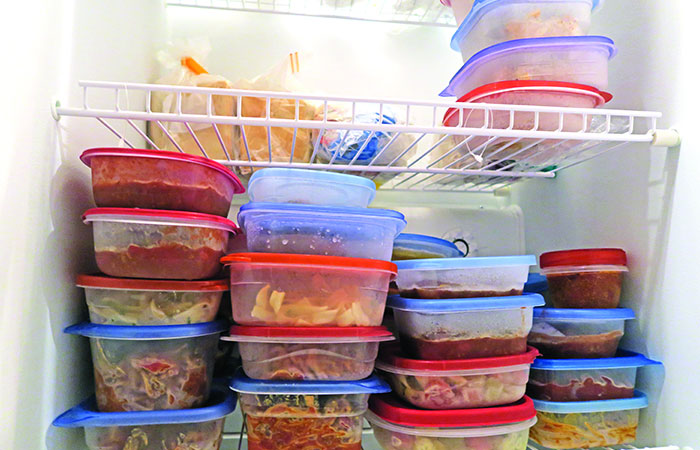Making healthy choices doesn’t have to cost a lot of money. Here are 10 tips to help you shop, cook, and eat healthy on a budget.

10 Tips for Eating Better on a Budget
- Home
- Live Well Blog
- 10 Tips for Eating Better on a Budget
November 29, 2023
General /Family


Use what you already have.
Before you head to the store, look in your freezer, cabinets, and refrigerator. Make a note of what you currently have on hand. Use these items in your meals for the week to help save money and reduce food waste.
Try new recipes.
Search for recipes online based on what you have on hand.
Try https://myfridgefood.com/ or https://www.bigoven.com/ for a few ideas.
Think about your schedule.
Choose meals you can easily prepare when you don’t have a lot of time. Save recipes that take longer for days when you have more time.
Plan to use leftovers.
Think about larger recipes with enough servings for multiple meals. This can reduce the number of ingredients you need to buy and save you time preparing another meal.
Make a grocery list, then stick to the list!
You wil save money by buying only what you need. Check the grocery store’s flyer for weekly deals on ingredients.


Don’t shop when you’re hungry.
Shopping after eating will make it easier to skip the tempting snack foods, leaving more of your food budget for vegetables and fruits.
Buy in season.
Buying fruits and vegetables in season can lower the cost and add to the freshness! For example, look for fresh strawberries in June/July. If you are not going to use them all right away, buy some that still need time to ripen. Freeze fresh berries when they are on sale to have ripe, delicious berries all year round.
Cook once…eat all week!
Prepare a large batch of favorite recipes and double or triple the recipe. Freeze single-serve portions in individual containers to use throughout the week.
Fill your plate with fruits and veggies.
They’re loaded with nutrients, help promote good health, and can help you feel fuller, longer. Choose a variety of colors for a mixture of flavors and textures.
Drink more water.
Stay hydrated by drinking water instead of sugary drinks such as soda or sports drinks. Keep a reusable water bottle with you to always have water on hand.
